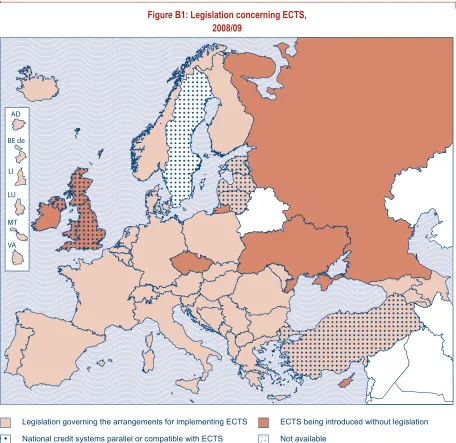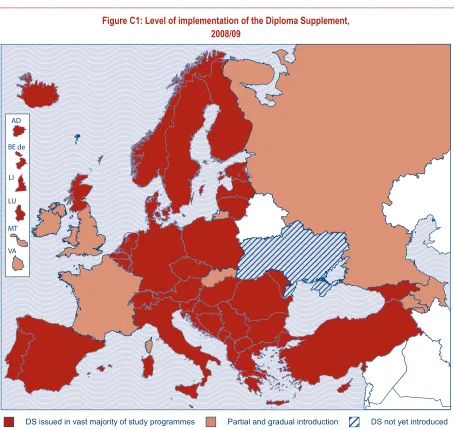Higher Education in Europe: Developments in the Bologna Process
Full text
Figure




Related documents
This need– delivery match is made up by two submatches: the match between the Dutch chronic patients’ felt need and the care indicated by independent regional assessment agencies
Meurs JB van, Dhonukshe-Rutten RA, Pluijm SM, Klift M van der, Jonge R de, Lindemans J, Groot LC de, Hofman A, Witteman JC, Leeuwen JP van, Breteler MM, Lips P, Pols HA,
Lifelong learning is not a clearly defined and agreed concept in Europe, but rather a mixture of different elements that may or may not be considered in a specific national
LPV RDY C-130J Block 8 Highlights BELOW PATH Baro Vnav - New FMA - New path deviation indication - New Special alert for Below Path LPV - New FMA - Existing ILS path deviation
Abstract—A large number of engineering colleges in Punjab have started to solve problems of strategic planning and control systems improvement by means of modern
The purpose of this study is to utilize agricultural sales professionals involved with the Fall 2014 AGEC 3323: Agricultural Production Marketing and Sales course offered at [State]
Therefore, the European Ministers should call upon the Bologna signatory states to recognise accreditation decisions which are based on shared guidelines, practices and standards
The EHEA is not intended as a centralized European system of higher education. Rather, it is a ‘higher education area’ in which sovereign countries have agreed to implement common





